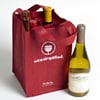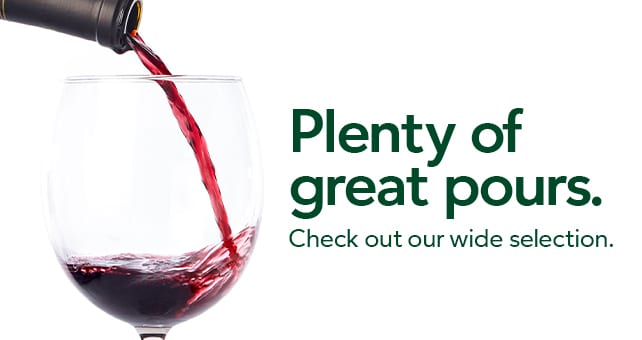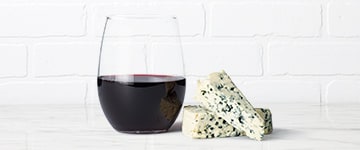Welcome to wine at Publix.
Bold or bubbly? Crisp or soft? For Tuesday tacos, or a tenth anniversary? We offer an extensive selection of hundreds of bottles for any occasion, from domestic favorites to popular import brands.
If you’re short on time, make your order via delivery or curbside pickup. Powered by Instacart.* Available in select locations.
By clicking this link you will leave publix.com and enter the Instacart site that they operate and control.
*Prices vary from in-store. Fees, tips & taxes may apply. Subject to terms & availability. Drink responsibly. Be 21.
Publix promotes responsible drinking and supports efforts to fight alcohol abuse and underage drinking. Please visit the Foundation for Advancing Alcohol Responsibility at www.responsibility.org for more information.

 You are about to leave publix.com and enter the Instacart site that they operate and control. Publix’s delivery and curbside pickup item prices are higher than item prices in physical store locations. Prices are based on data collected in store and are subject to delays and errors. Fees, tips & taxes may apply. Subject to terms & availability. Publix Liquors orders cannot be combined with grocery delivery. Drink Responsibly. Be 21. For prescription delivery, log in to your pharmacy account by using the Publix Pharmacy app or visiting
You are about to leave publix.com and enter the Instacart site that they operate and control. Publix’s delivery and curbside pickup item prices are higher than item prices in physical store locations. Prices are based on data collected in store and are subject to delays and errors. Fees, tips & taxes may apply. Subject to terms & availability. Publix Liquors orders cannot be combined with grocery delivery. Drink Responsibly. Be 21. For prescription delivery, log in to your pharmacy account by using the Publix Pharmacy app or visiting 


